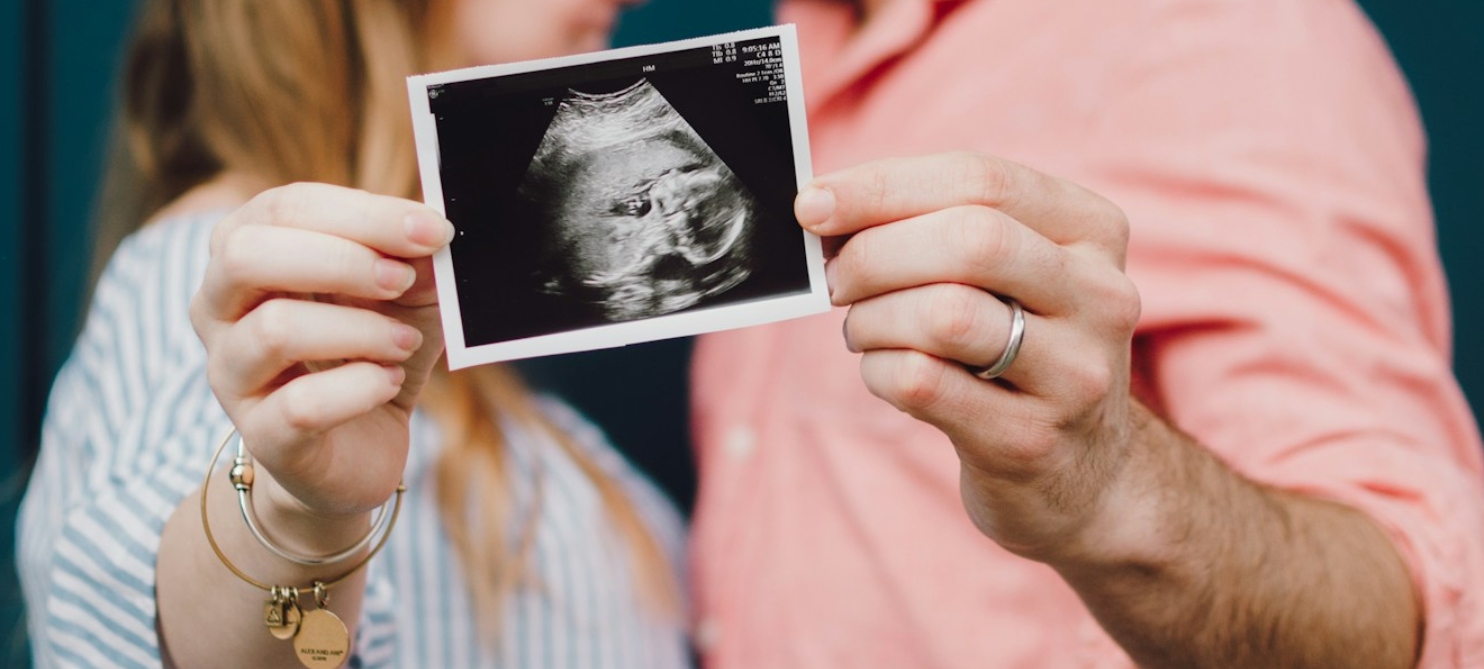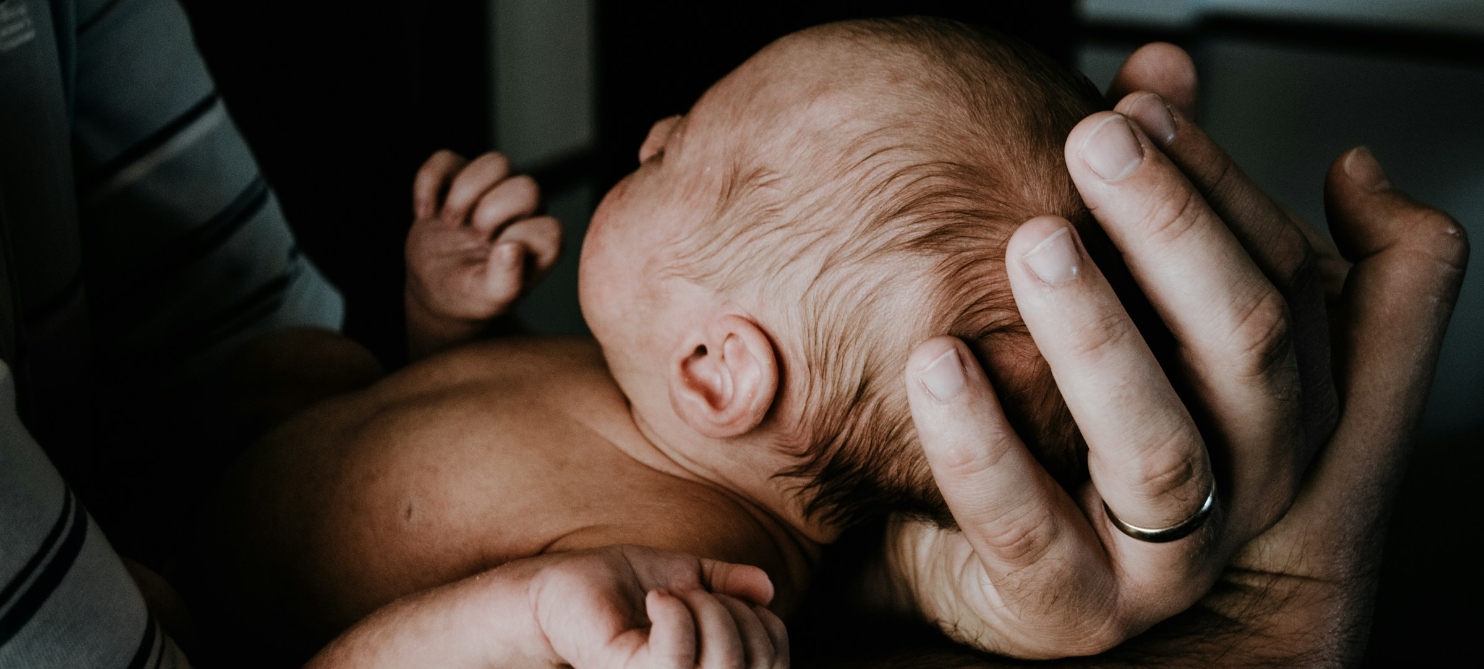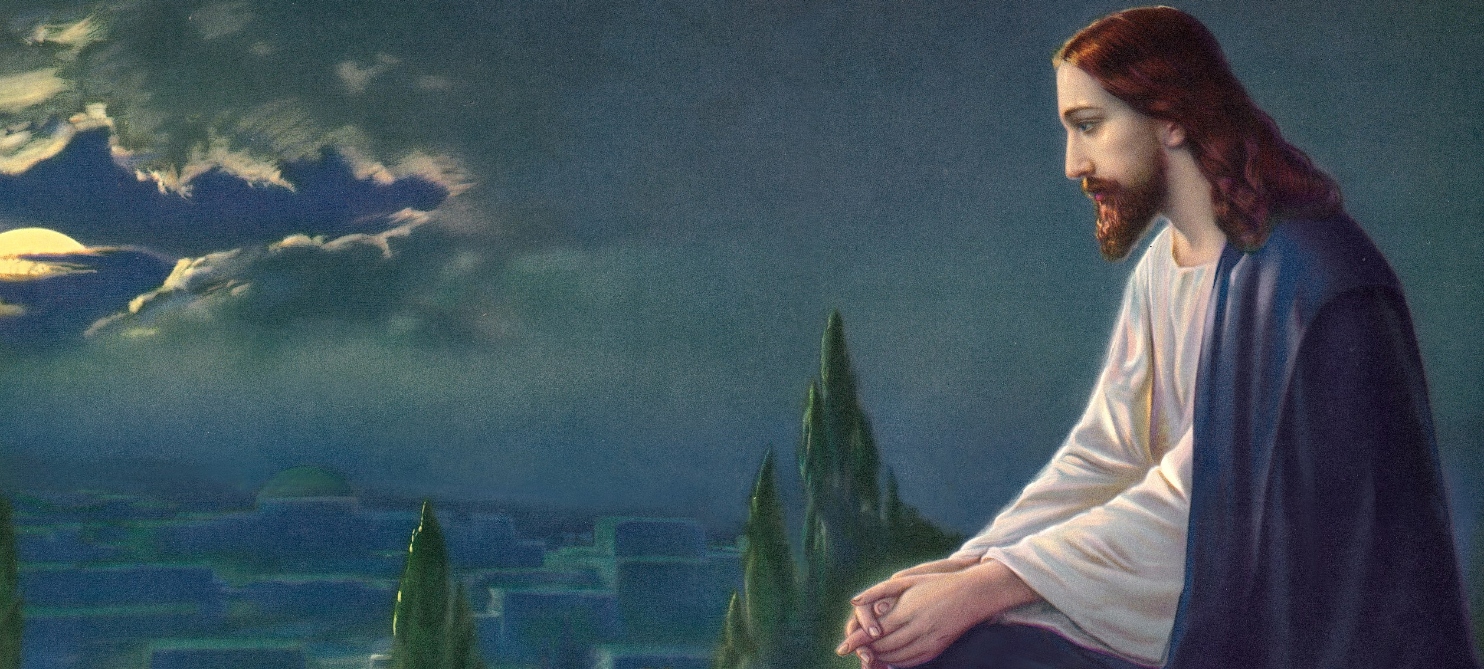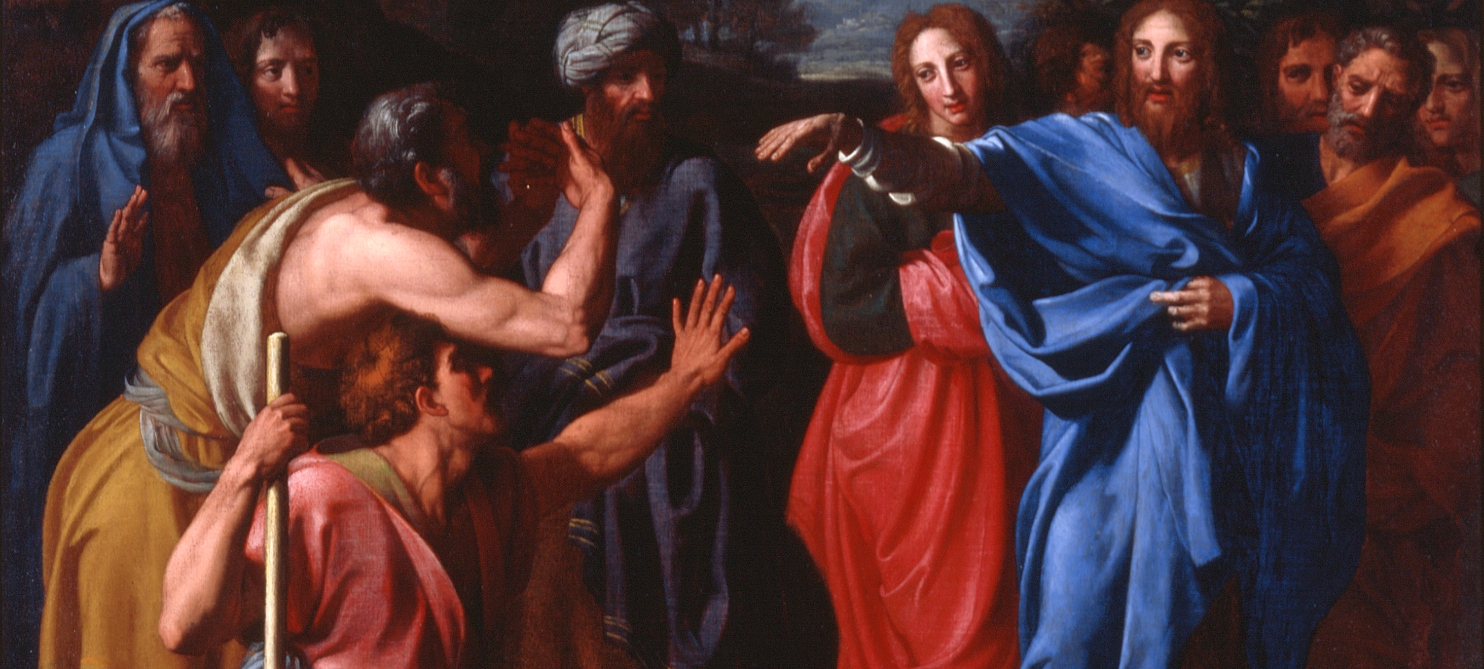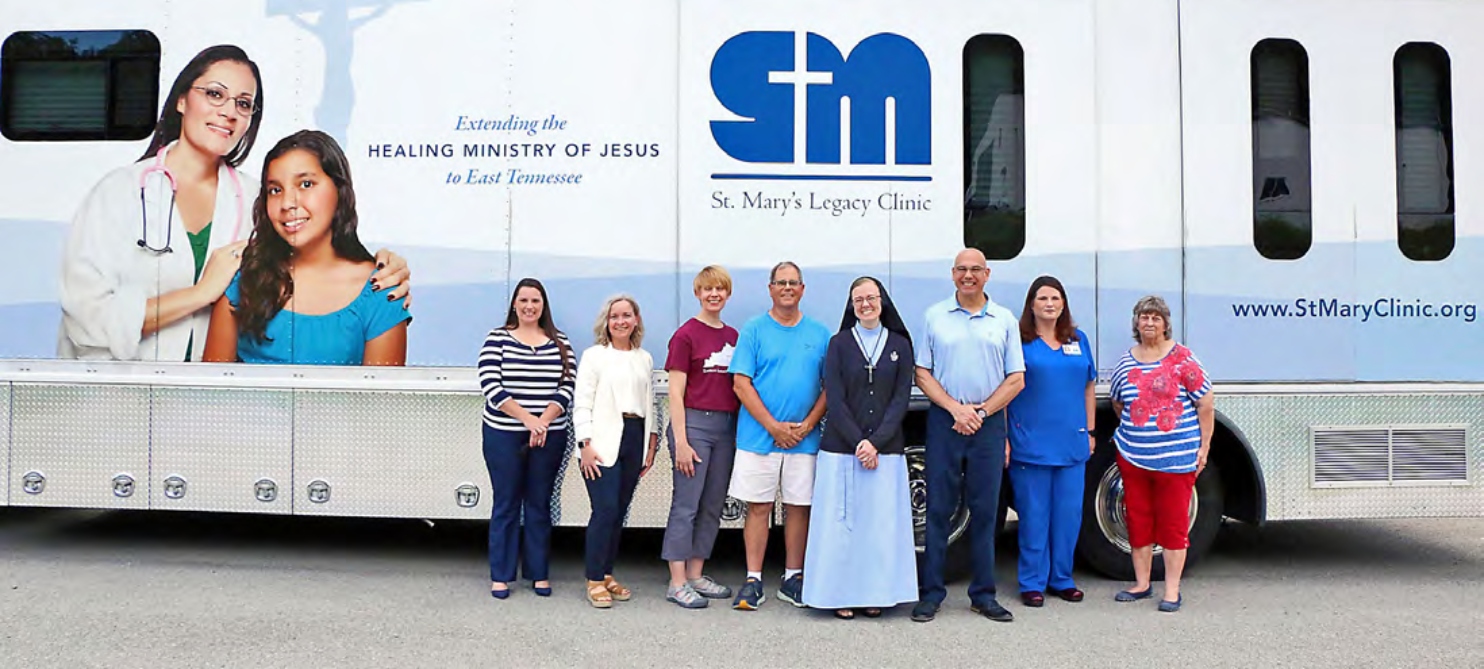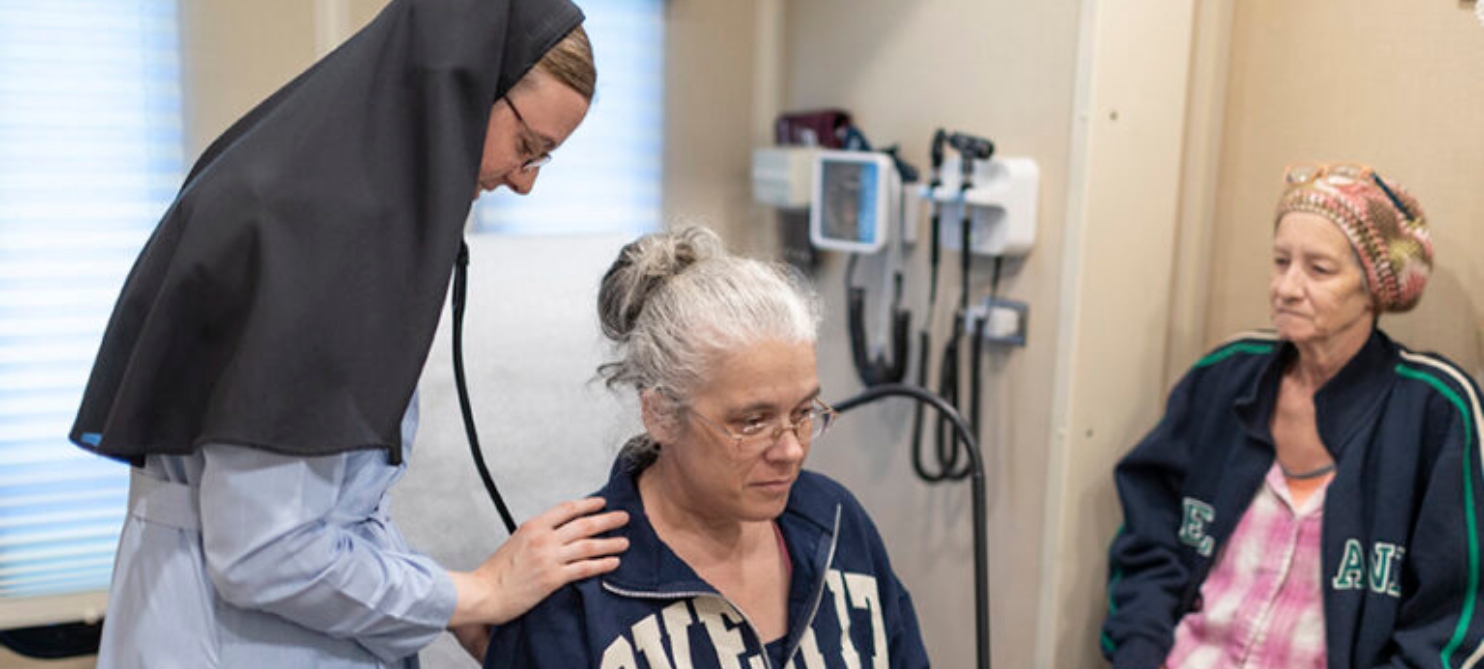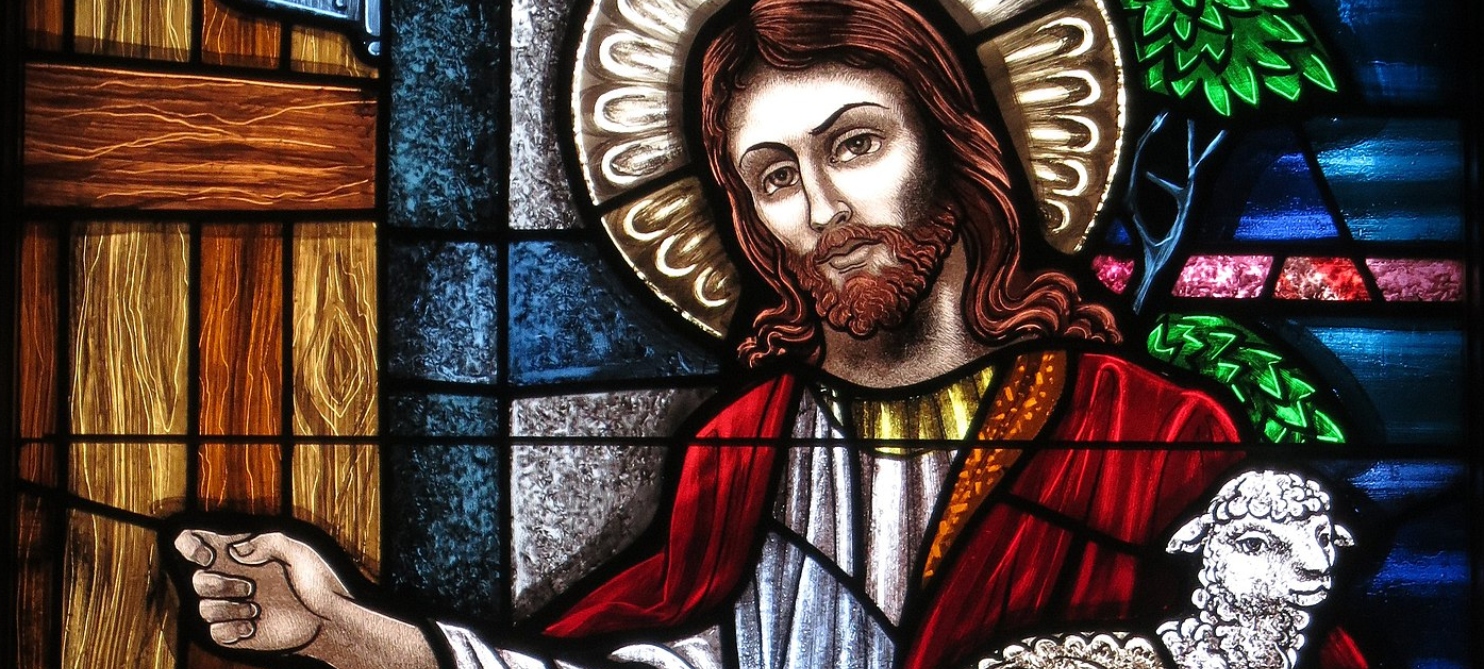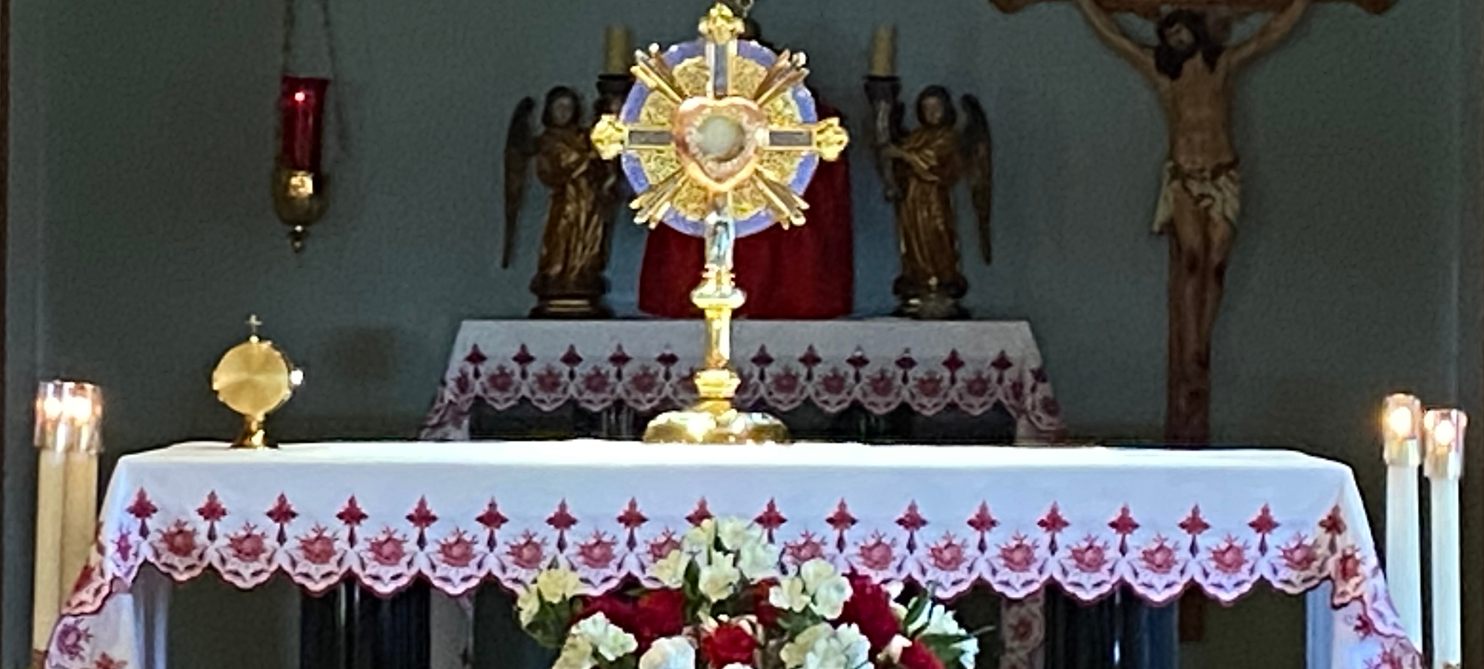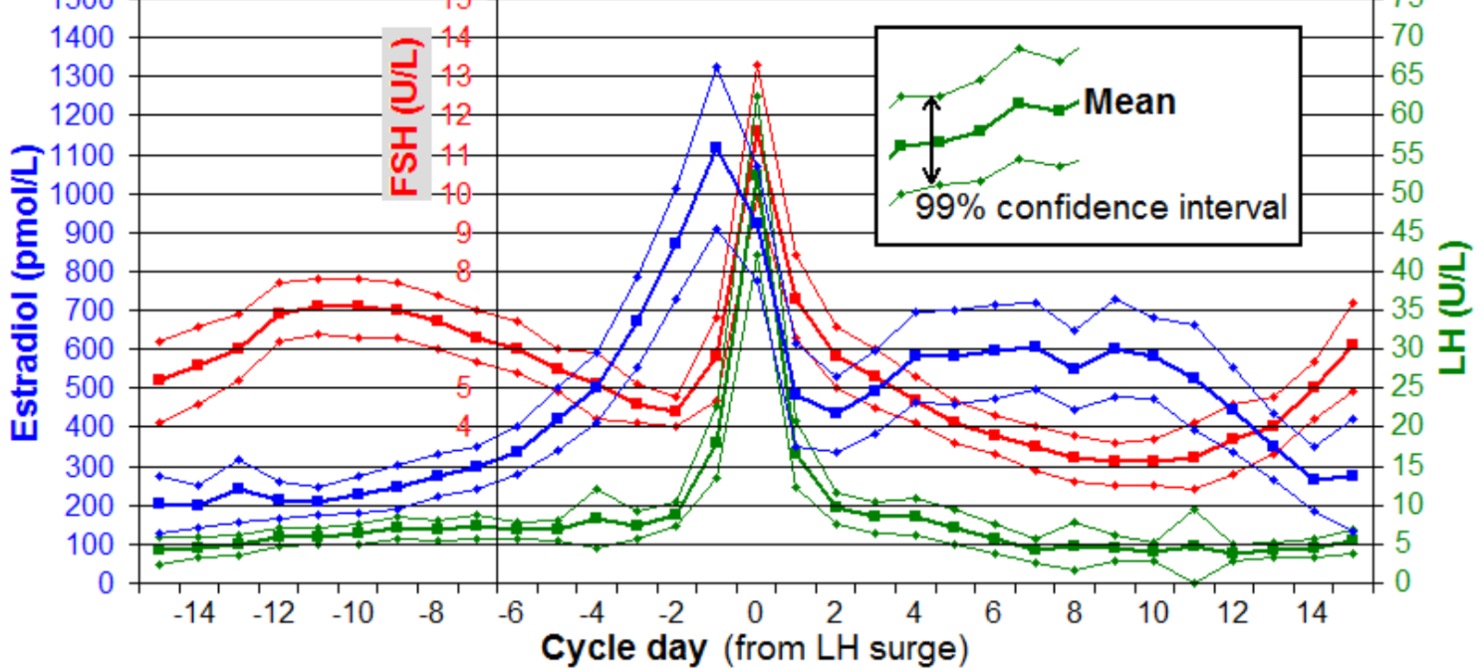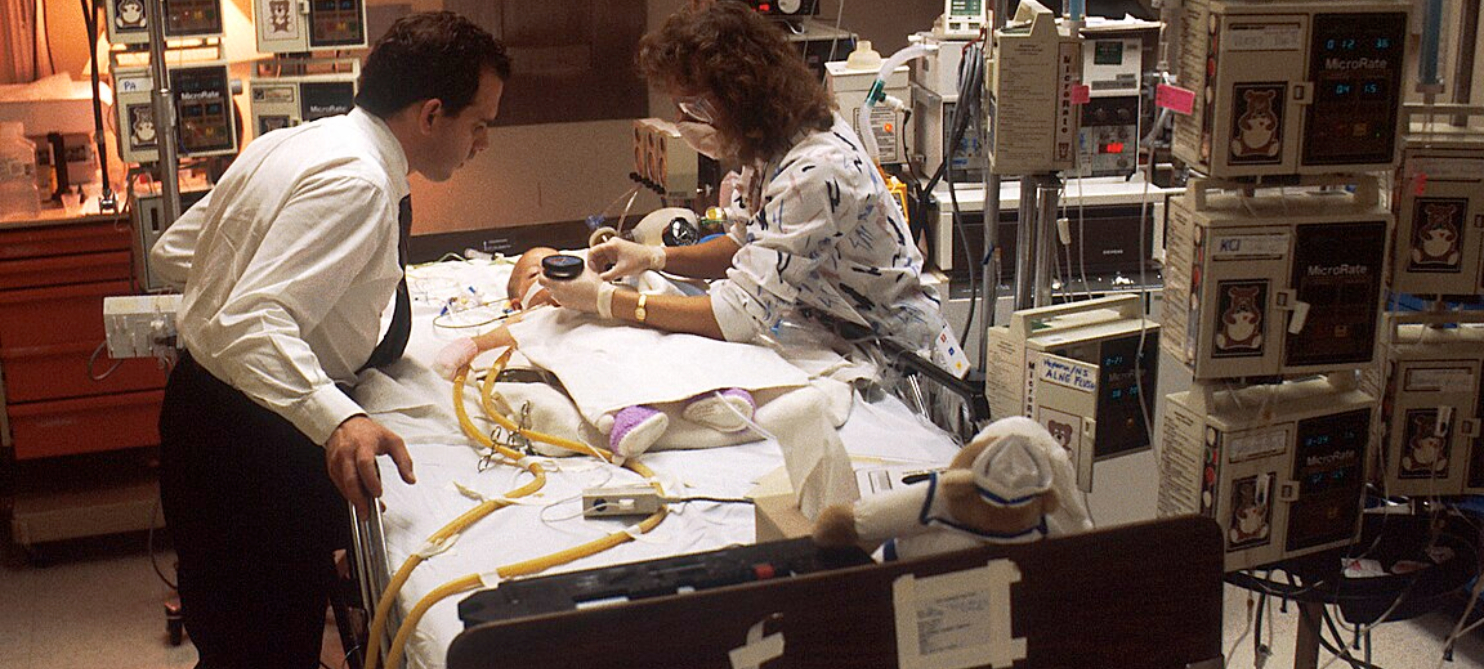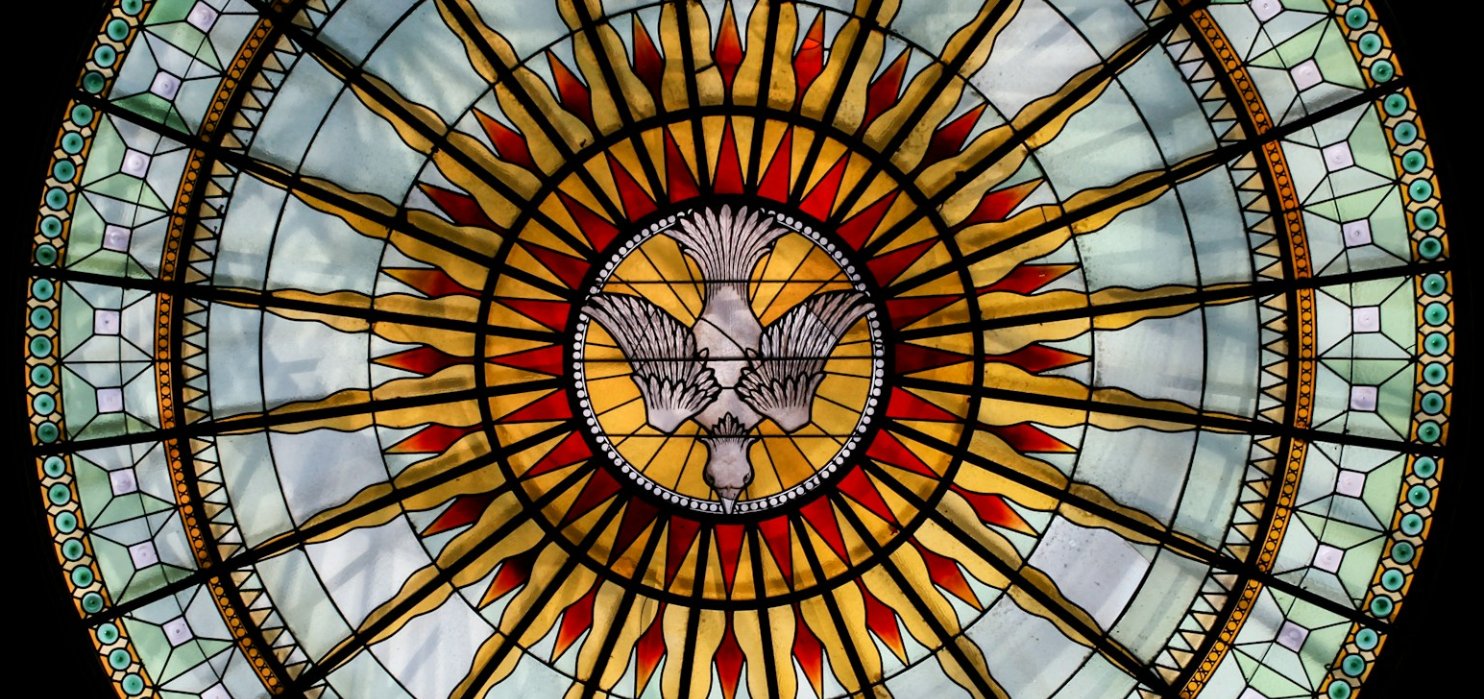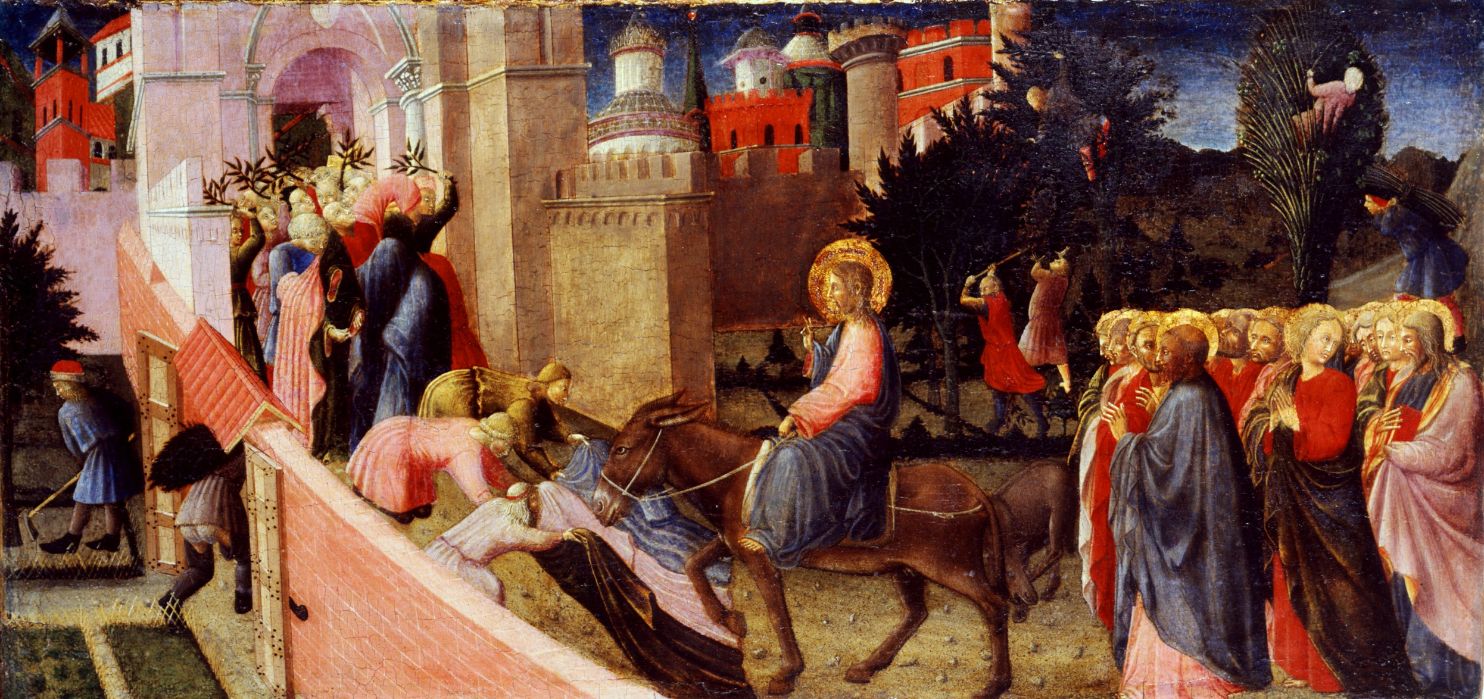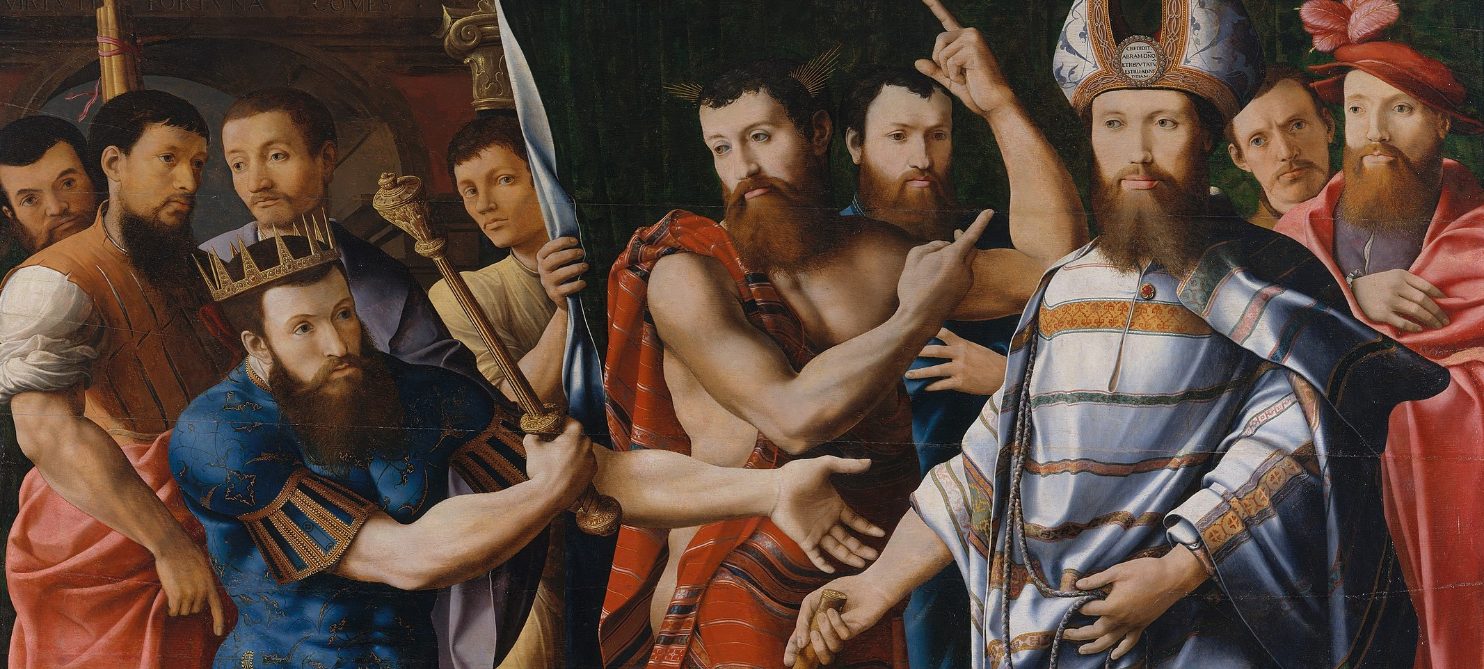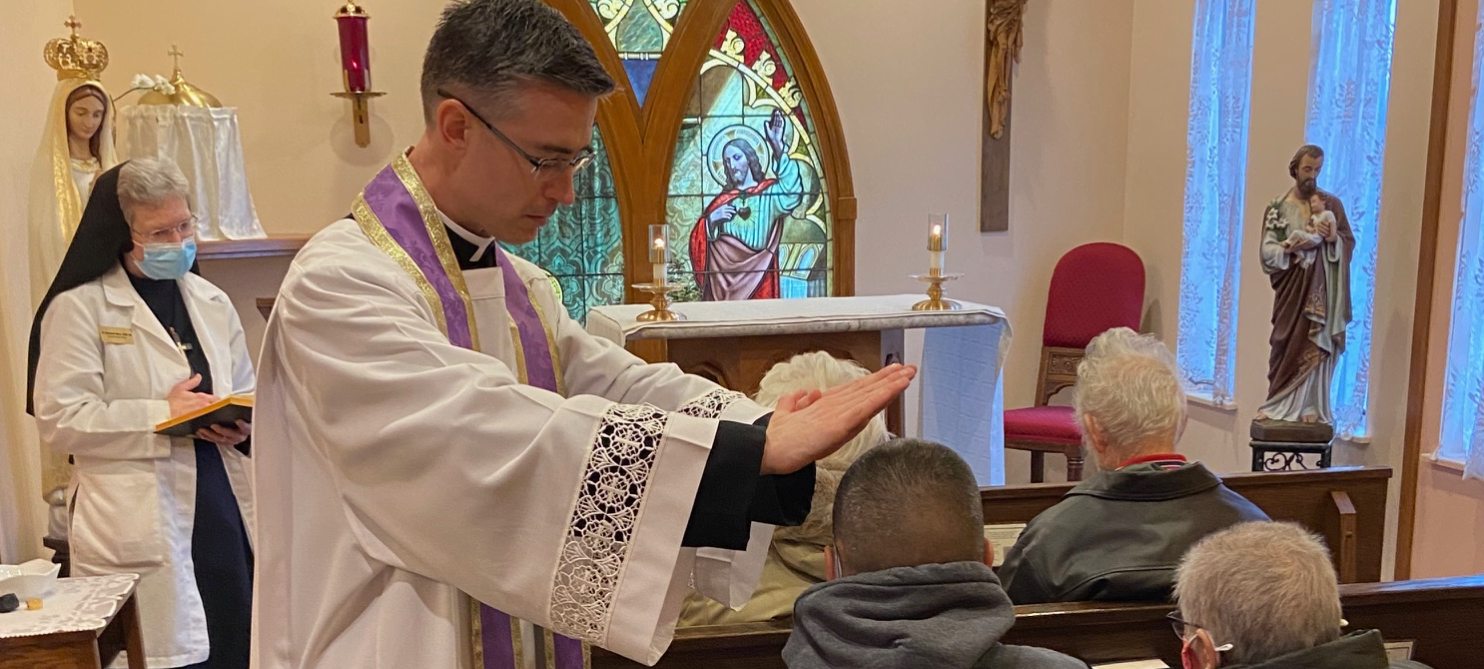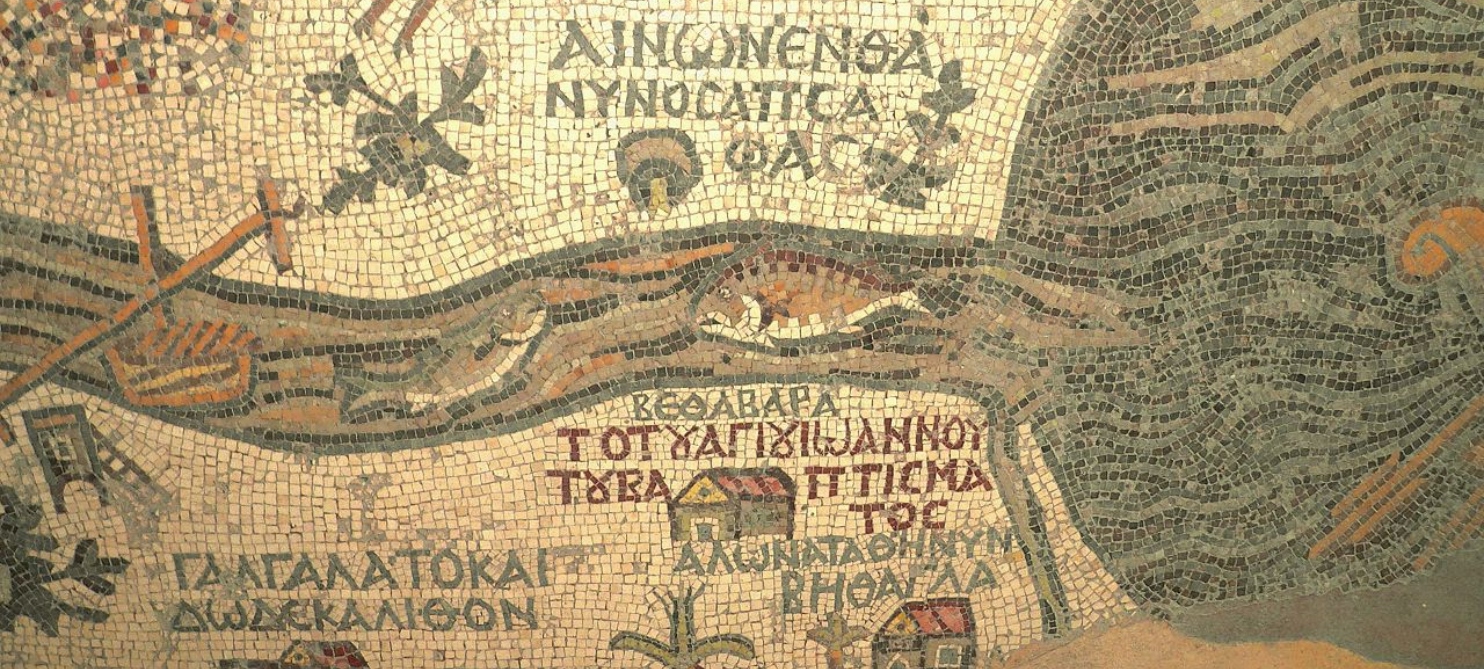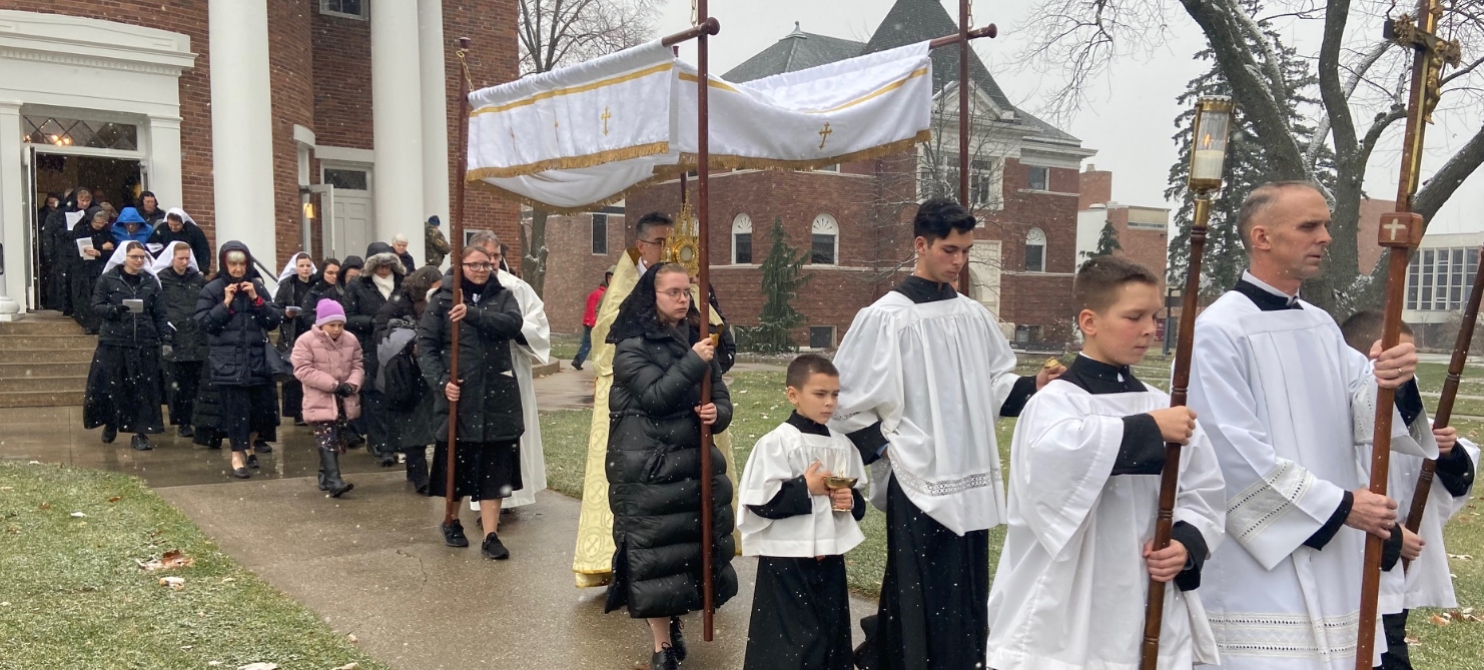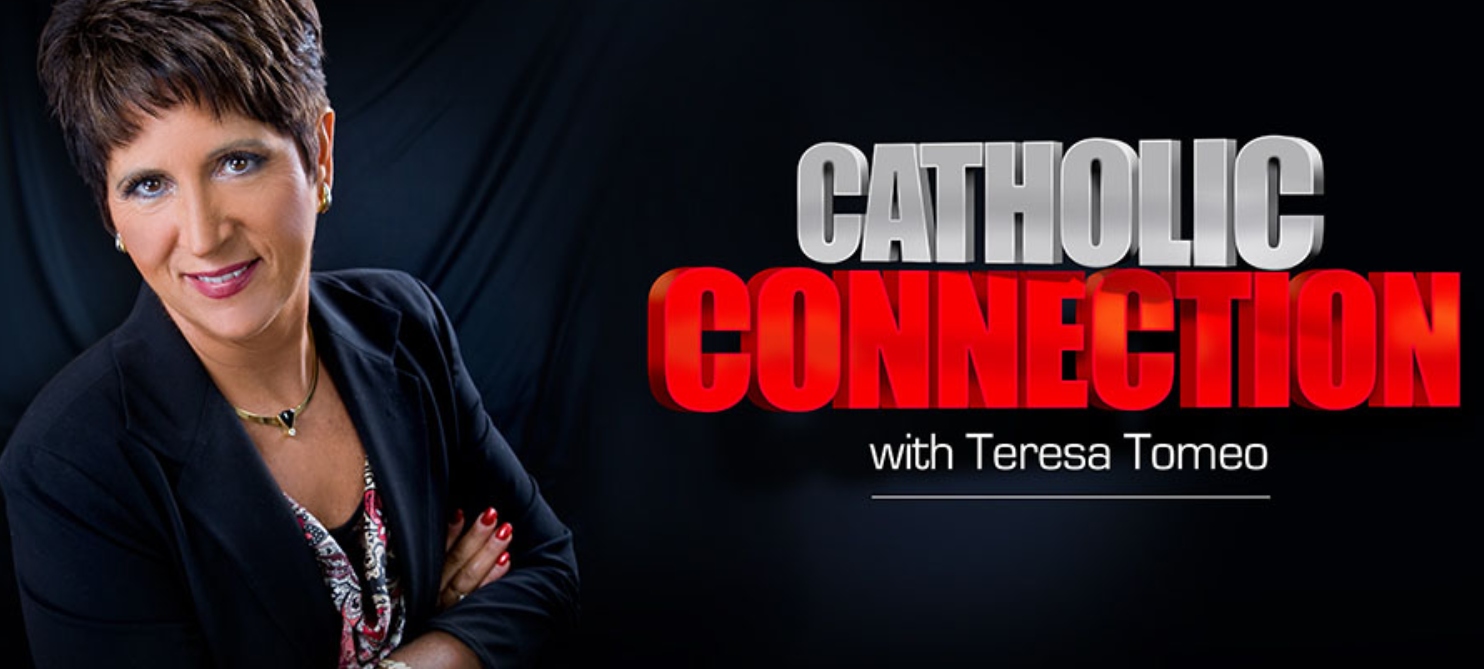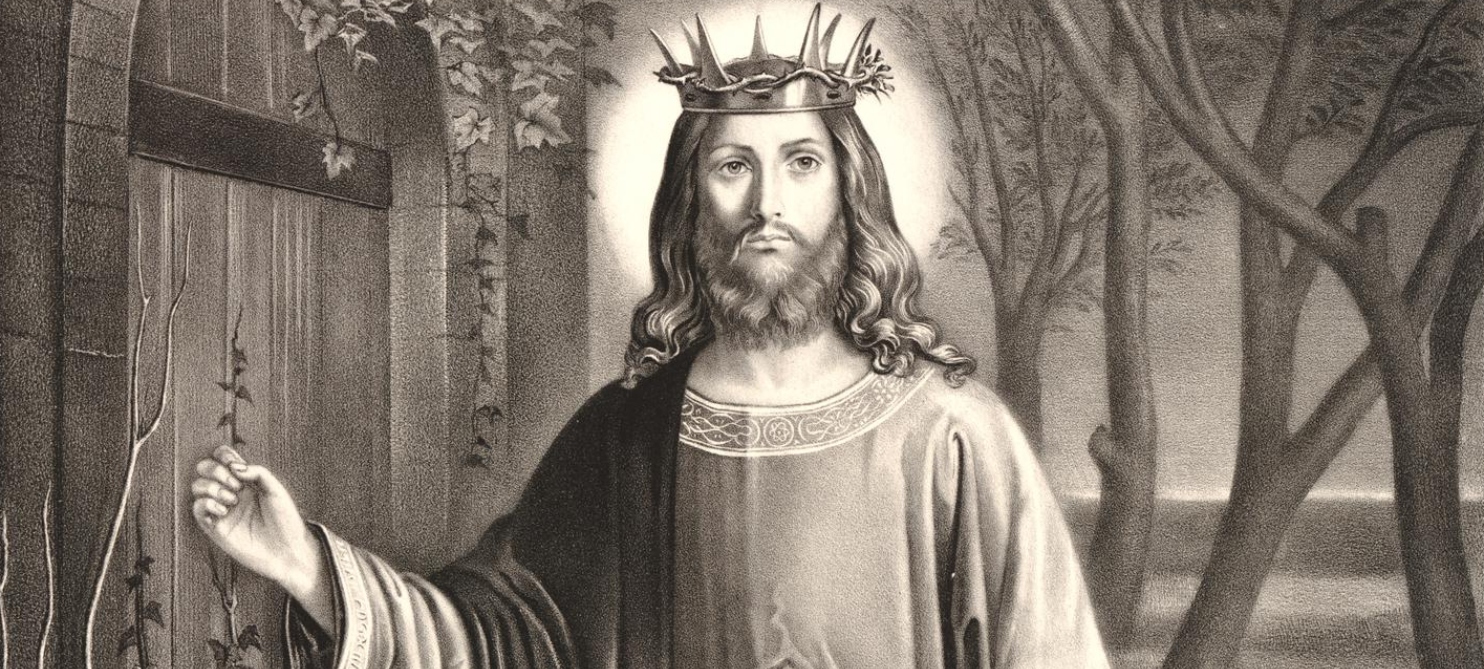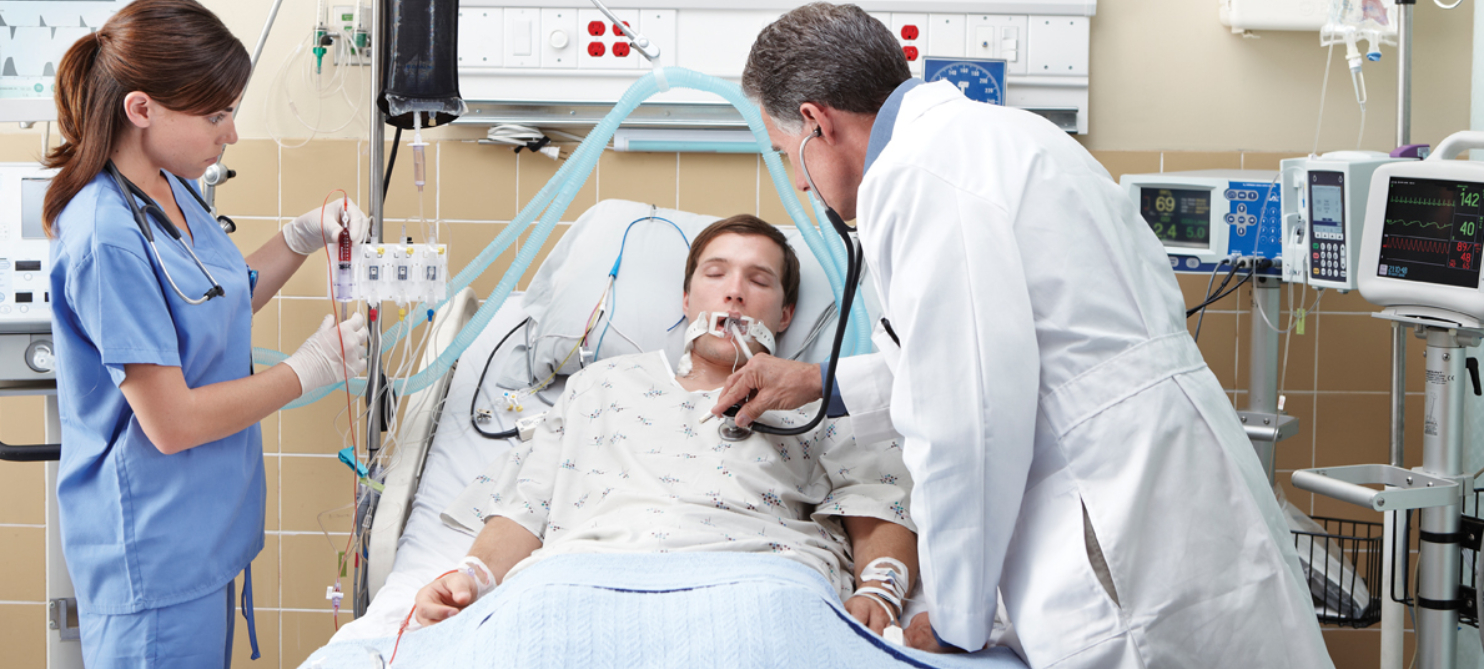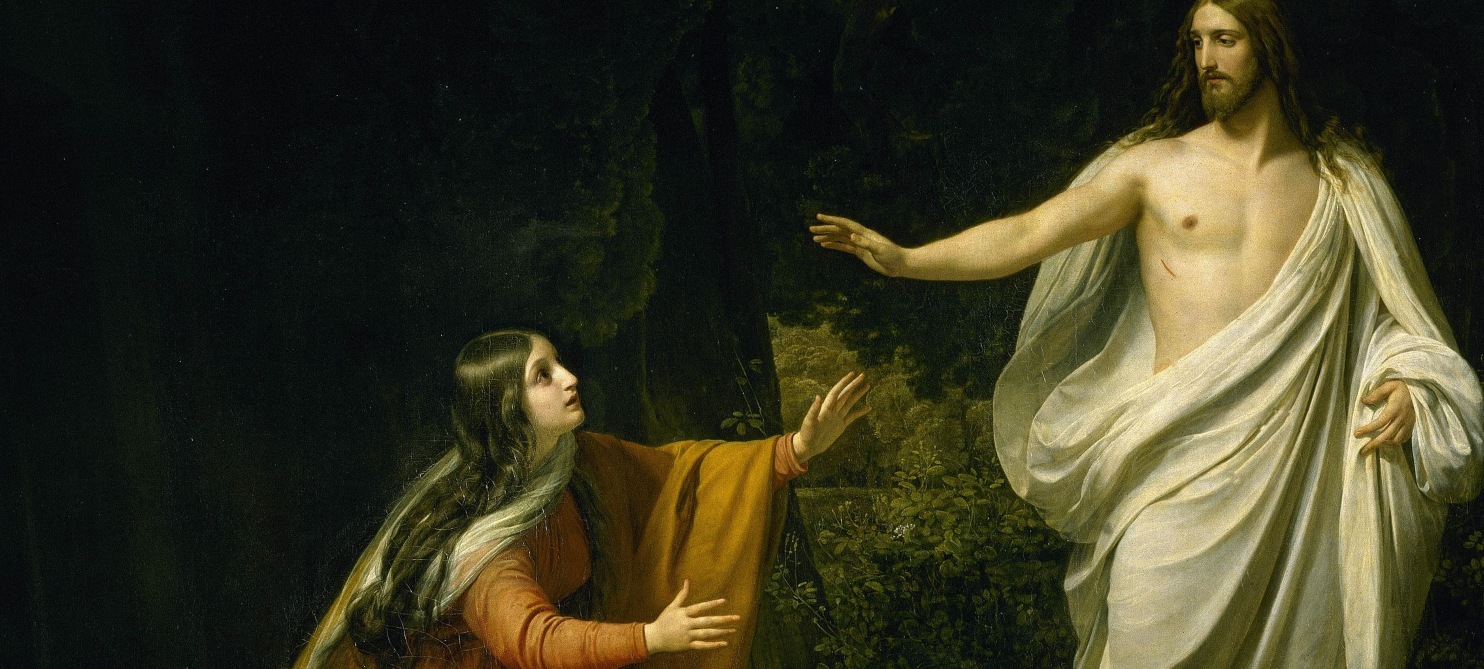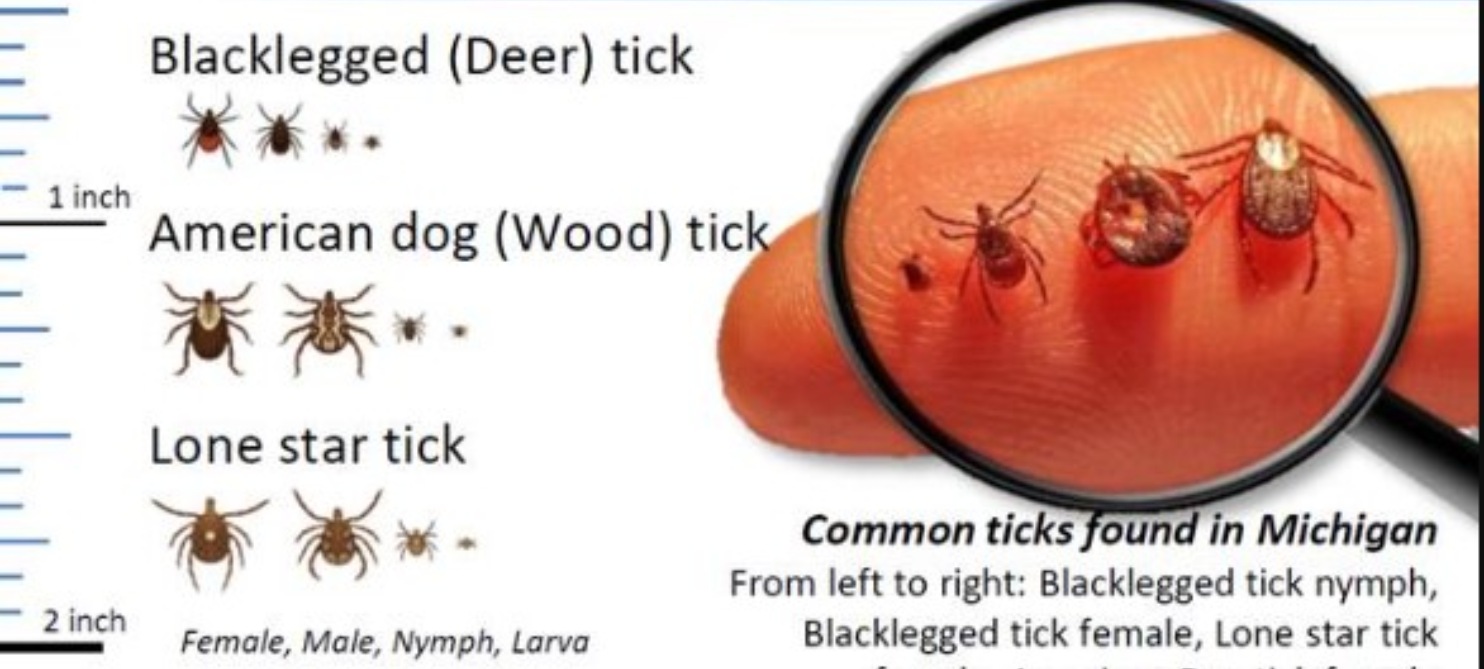After the Resurrection, there are several accounts of appearances of the risen and glorified Lord to the Apostles. The Lord Jesus invites them to touch His Body and believe in the Resurrection. For this third Sunday of Easter, we hear this invitation again, “Then he said to them, ‘Why are you troubled? And why do questions arise in your hearts? Look at my hands and my feet, that it is I myself. Touch me and see, because a ghost does not have flesh and bones as you can see I have.’ And as he said this, he showed them his hands and his feet.”[i]
Touching Jesus in the Eucharist
The Apostles had the opportunity to see and touch the risen Body of Jesus and believe. But we too, have the opportunity every day to see and touch the risen Body of Jesus and believe in the Eucharist. This beautiful reading from the Jerusalem Catecheses teaches the same truth:
On the night he was betrayed our Lord Jesus Christ took bread, and when he had given thanks, he broke it and gave it to his disciples and said: “Take, eat: this is my body.” He took the cup, gave thanks and said: “Take, drink: this is my blood.” Since Christ himself has declared the bread to be his body, who can have any further doubt? Since he himself has said quite categorically, This is my blood, who would dare to question it and say that it is not his blood?
Therefore, it is with complete assurance that we receive the bread and wine as the body and blood of Christ. His body is given to us under the symbol of bread, and his blood is given to us under the symbol of wine, in order to make us by receiving them one body and blood with him. Having his body and blood in our members, we become bearers of Christ and sharers, as Saint Peter says, in the divine nature…Under the new covenant there is bread from heaven and the cup of salvation. These sanctify both soul and body, the bread being adapted to the sanctification of the body, the Word, to the sanctification of the soul.
Do not, then, regard the eucharistic elements as ordinary bread and wine: they are in fact the body and blood of the Lord, as he himself has declared. Whatever your senses may tell you, be strong in faith.[ii]
Let us pray with the Collect for the Second Sunday of Easter, also called the Sunday of Divine Mercy:
God of everlasting mercy,
who in the very recurrence of the paschal feast
kindle the faith of the people you have made your own,
increase, we pray, the grace you have bestowed,
that all may grasp and rightly understand
in what font they have been washed,
by whose Spirit they have been reborn,
by whose Blood they have been redeemed.
Through our Lord Jesus Christ, your Son,
who lives and reigns with you in the unity of the Holy Spirit,
God, for ever and ever.[iii]
See the readings from the Octave of Easter from the Jerusalem Catecheses:
Easter Thursday | Baptism is a Symbol of Christ’s Passion
Easter Friday | The Anointing with the Holy Spirit
Easter Saturday | The Bread of Heaven and the Cup of Salvation
Image credits:
Caravaggio. “The Incredulity of Saint Thomas.” WikiMedia Commons. Accessed April 19, 2021. https://commons.wikimedia.org/wiki/File:Caravaggio_-_The_Incredulity_of_Saint_Thomas.jpg.
“Vaux Passional: The Incredulity of Thomas, Who Places His Finger in the Wound (f. 142v).” Wikipedia. Wikimedia Foundation, December 18, 2020. https://en.wikipedia.org/wiki/Vaux_Passional.
[i] “Luke 24:35-48.” United States Conference of Catholic Bishops. Accessed April 19, 2021. https://bible.usccb.org/daily-bible-reading.
[ii] Jerusalem Catecheses. “The Bread of Heaven and the Cup of Salvation.” Easter Saturday – Office of Readings. Accessed April 11, 2021. http://www.liturgies.net/Liturgies/Catholic/loh/easter/eastersaturdayor.htm.
(Cat. 22 Mystagogica 4, 1, 3-6,9; PG 53. 1098-1106)
[iii] “The Octave of Easter Sunday – Collect.” Accessed April 11, 2021. http://www.liturgies.net/Liturgies/Catholic/loh/easter/eastersundayoctavedaytime.htm.
Posted April 19, 2021
